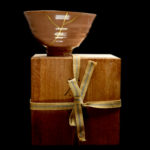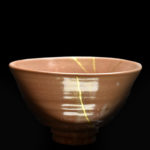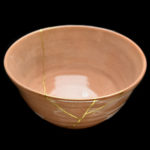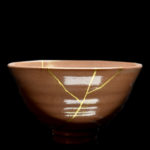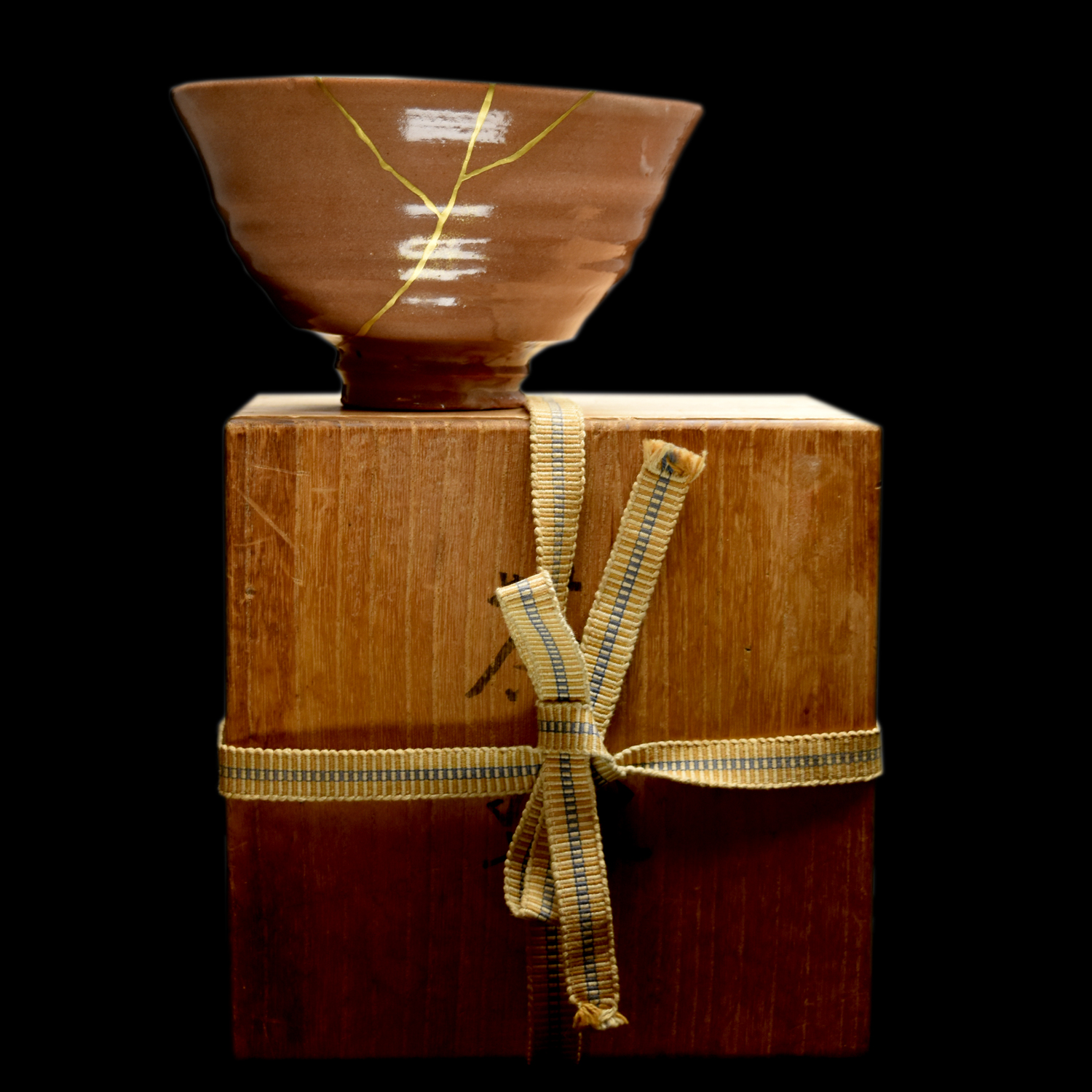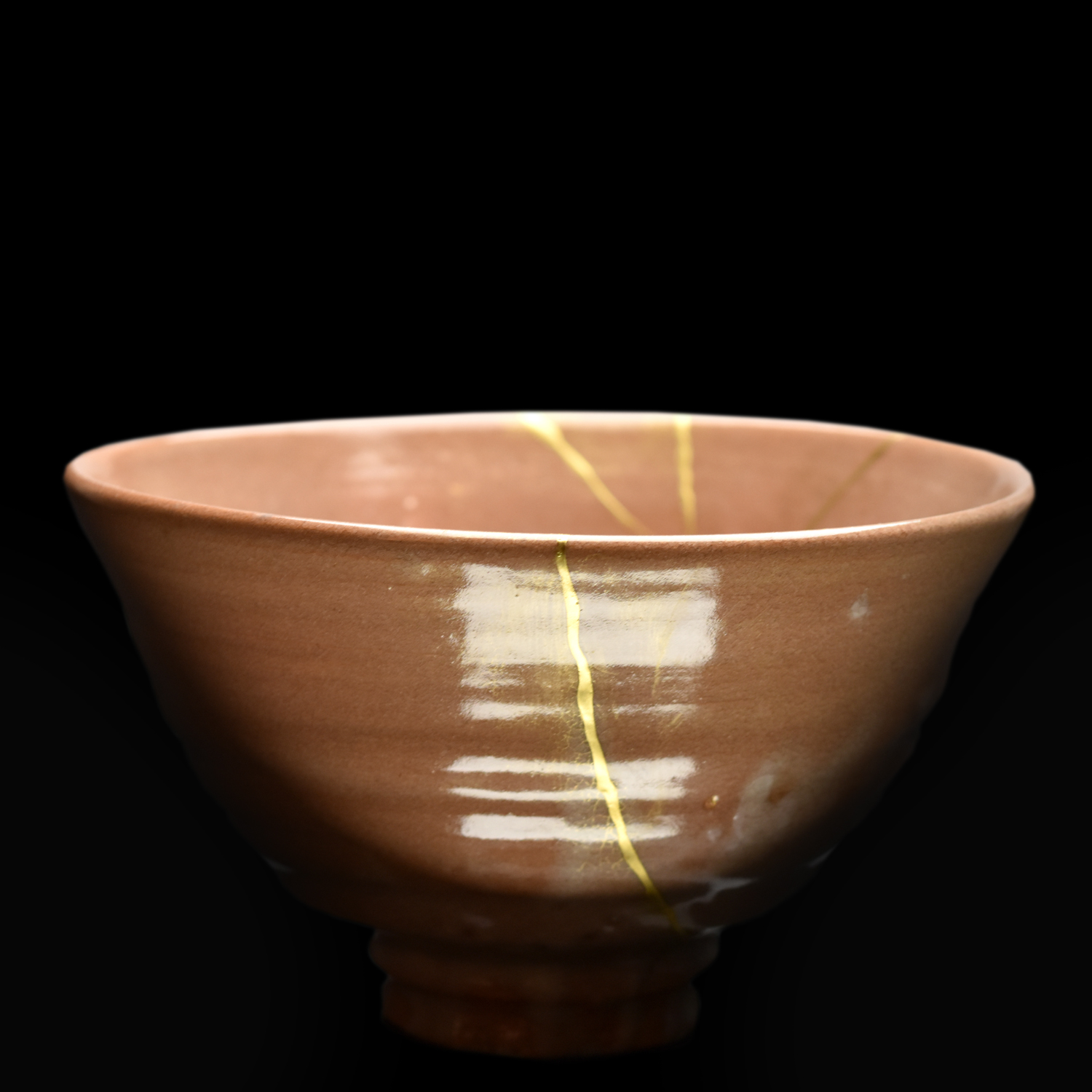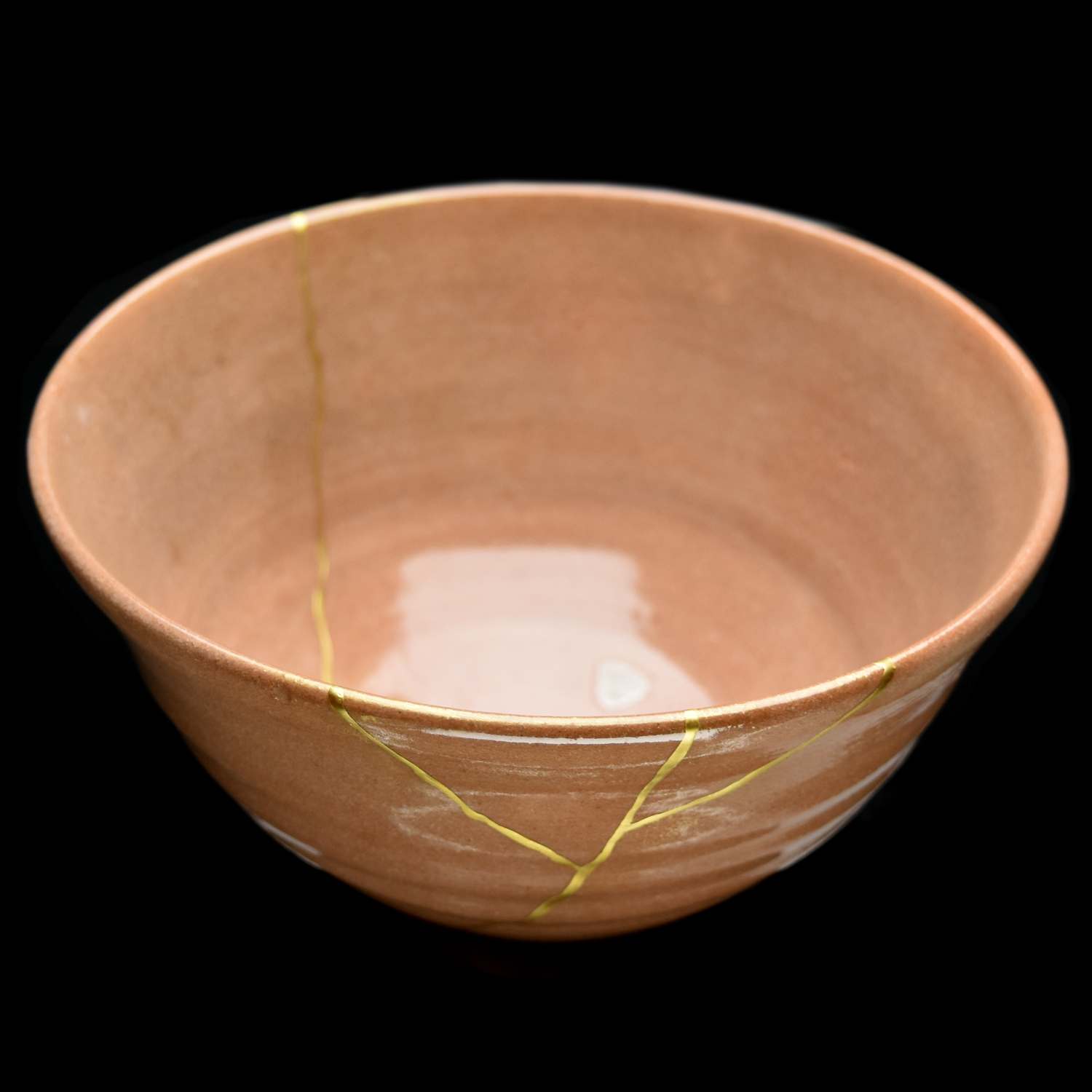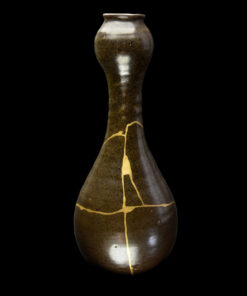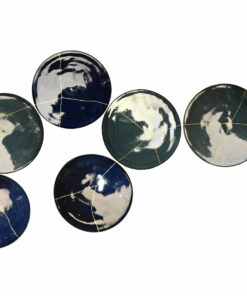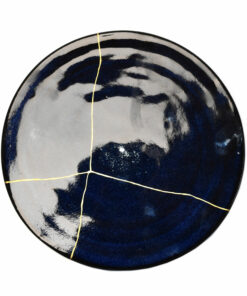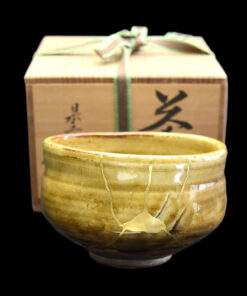Chawan from Hagi in its tomobako
650 € VAT incl.
In stock
For express shipping please contact us before purchase as prices are difficult to calculate automatically on the website.
This superb bowl is emblematic of a great tradition of Japanese pottery: Hagi-Yaki. These are ceramics historically created in the town of Hagi in Yamaguchi prefecture, a craft tradition that goes back almost 400 years. They are identifiable by their sober shapes, which are pleasant to the touch, and above all by their delicate glaze, which allows the color of the clay to shine through.
This is a chawan, a bowl designed for the tea ceremony and the consumption of matcha (beaten green tea). Hagi ceramics are well known to tea and sake enthusiasts: not only does the clay used retain heat well (so you can take your time enjoying your beverage), but above all the glaze is lightly stippled: this allows liquids to seep through and gives it a lovely patina over time.
Accidentally broken, this 15 cm diameter, 8.5 cm high chawan has been restored using the traditional kintsugi technique, with natural lacquer and pure gold. This is the only restoration technique that preserves an object’s edible use: you can therefore reuse this bowl to drink your favorite tea, or simply display it as an object to admire.
This unique piece, signed by the potter, comes with its certificate of authenticity and original box.
Myriam’s eye:
This chawan is sold with its finely-finished paulownia wood protective box, called a tomobako. Not an insignificant detail for lovers of Japanese antiques. Indeed, the lid often bears valuable information, such as the name of the craftsman or the place where the ceramic was fired. This is why chawan sold with their original tomobako are more sought-after by collectors, who consider that this increases the piece’s value.
| Diameter | 15cm / 6inch |
|---|---|
| Height | 8.5cm / 3.3inch |
| Origin | Hagi, Japan |
| Food Safe | Yes |
| Certificate of Authenticity | Provided |
| Color | Red |
| Shape | Sugi-nari |
| Materials | 24 carats Gold, Japanese sandstone, Urushi (Japanese lacquer) |
Related products
Traditional Japanese Kintsugi
Traditional Japanese Kintsugi
Traditional Japanese Kintsugi
Traditional Japanese Kintsugi

